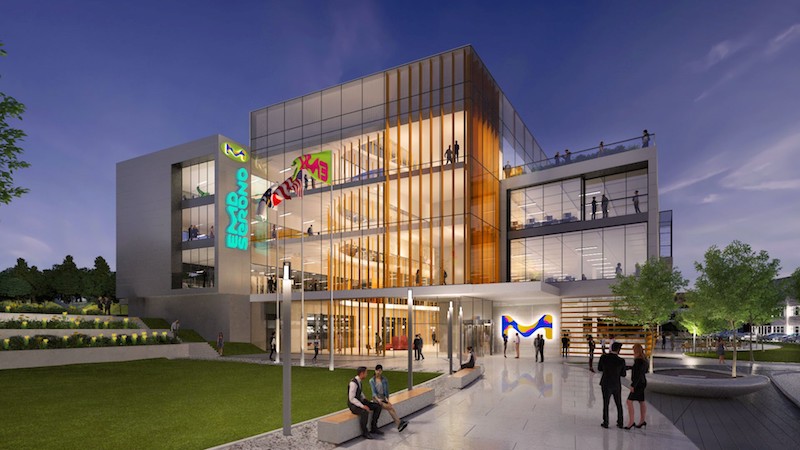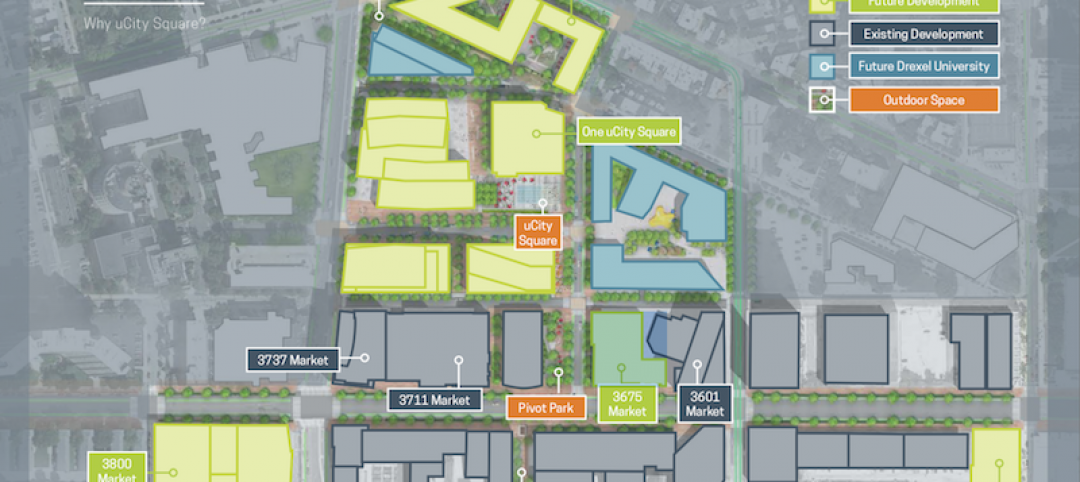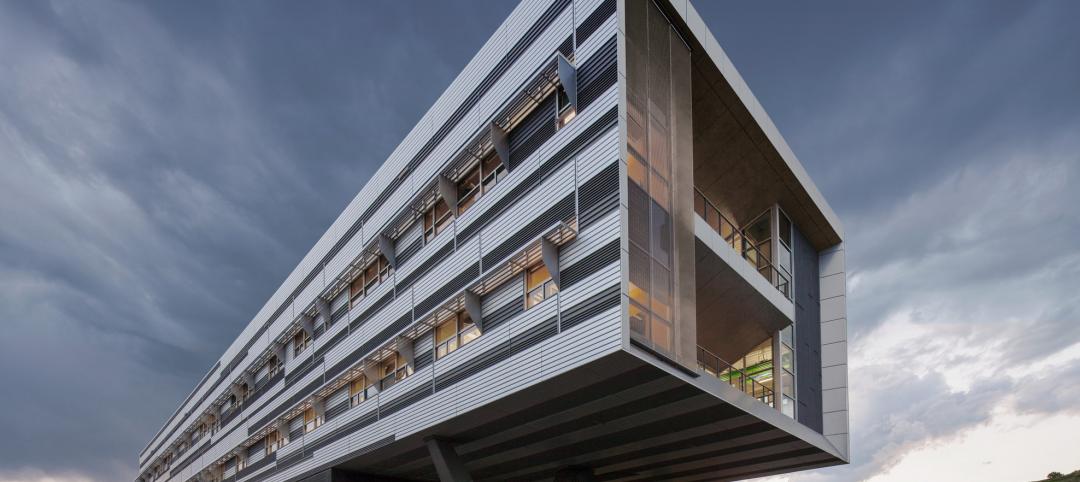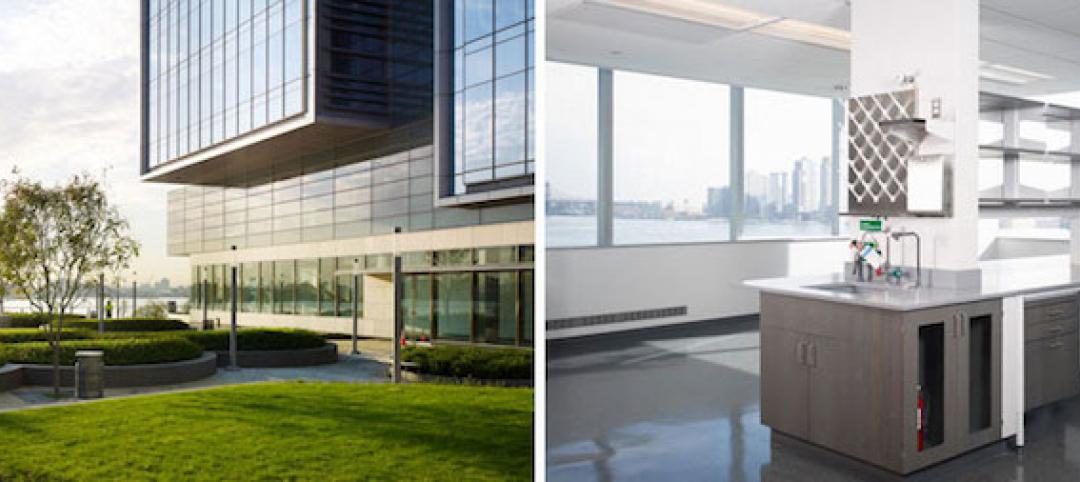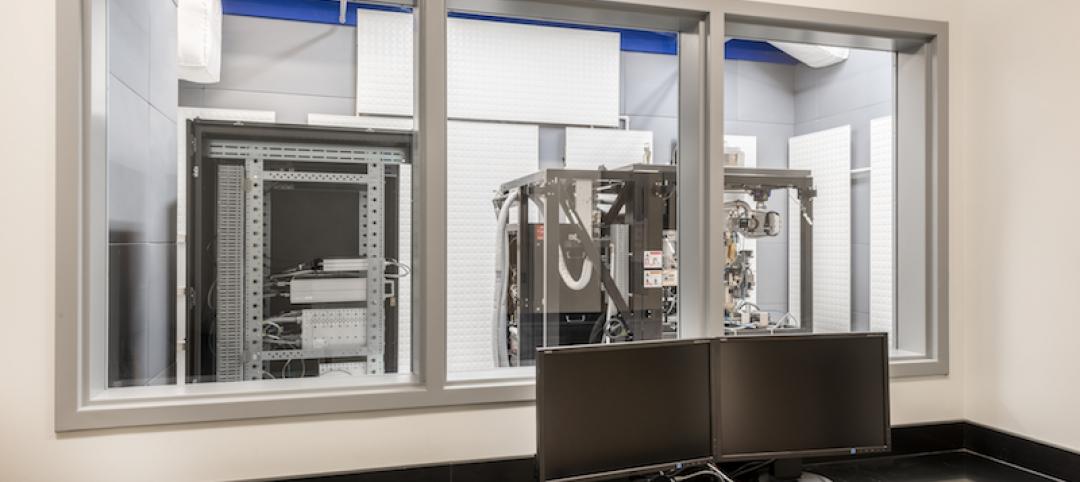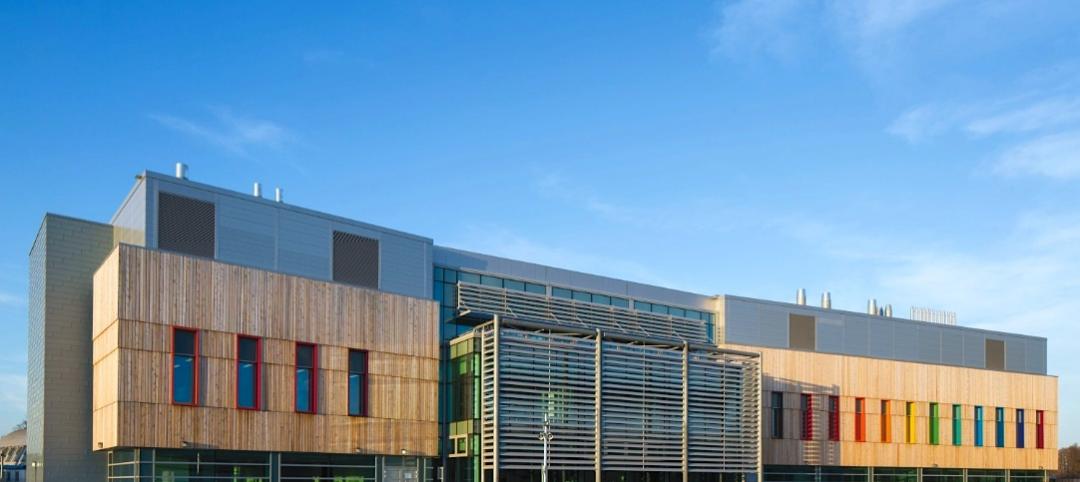EMD Serono, an affiliate of Merck KGaA, the Darmstadt, Germany-based healthcare and life sciences company, is investing another $70 million to double the size of its research and development facility in Billerica, Mass., which opened in February 2011.
The 145,000-sf expansion on 47 acres is expected to break ground in the second quarter of this year, and be completed by the second quarter of 2021. The new building will accommodate 400 new and current R&D employees who will focus on advancing science in oncology, immuno-oncology, and immunology.
Billerica’s Planning Board approved the expansion, without protest, on February 12, when it also okayed a waiver of a formal traffic study as long as the company provides a traffic memorandum for peer review. Merck KGaA’s investment includes about $55 million in construction costs, and several million dollars for laboratories and equipment.
With this latest project, Merck KGaA will have invested more than $150 million in infrastructure and construction in the state of Massachusetts, and created more than 150 new jobs. That investment “is a testament to the state’s global leadership in life sciences,” says Travis McCready, President and CEO of the Massachusetts Life Sciences Center.
When it’s completed, the new building will include wet labs, office space, and a cafeteria. It will be built to meet LEED and WELL performance standards. (The existing facility is WELL certified.) The Building Team on this project includes PM Group (architect), INTEC (interior design), Erland Construction (CM), BR+A Consulting Engineers (mechanical and electrical engineer), and BSC Group (CE).
Billerica is one of 10 locations in Massachusetts where Merck KGaA employs more than 2,800 people. Billerica is also one of Merck KGaA’s four global R&D hubs, the others being in Germany, Japan, and China. Merck KGaA invests about 20% of its total annual sales in R&D.
Related Stories
Mixed-Use | Oct 25, 2018
Philadelphia’s uCity Square kicks off major expansion drive
This innovation center has several office, lab, and residential buildings in the works.
Public Health Labs | Dec 19, 2017
10 takeaways from SmithGroup’s ‘lab of the future’ initiative
The LAB2050 initiative digs into the scientific trends, technologies, and economics that will shape tomorrow’s research laboratory environments.
Laboratories | Sep 12, 2017
New York City is positioning itself as a life sciences hub
A new Transwestern report highlights favorable market and regulatory changes.
Public Health Labs | Nov 3, 2016
Cutting-edge microscope facility opens on UMass Medical’s campus
Design and construction met rigorous requirements for sound, vibration, and temperature controls.
Laboratories | Aug 8, 2016
The lab of the future: smaller, flexible, tech-enabled, business focused
A new CBRE report emphasizes the importance of collaboration and standardization in lab design.
| Jan 14, 2016
How to succeed with EIFS: exterior insulation and finish systems
This AIA CES Discovery course discusses the six elements of an EIFS wall assembly; common EIFS failures and how to prevent them; and EIFS and sustainability.
Building Team Awards | Apr 10, 2015
14 projects that push AEC teaming to the limits
From Lean construction to tri-party IPD to advanced BIM/VDC coordination, these 14 Building Teams demonstrate the power of collaboration in delivering award-winning buildings. These are the 2015 Building Team Award winners.
Public Health Labs | Jan 29, 2015
Breaking out of the box: Pirbright Institute’s radical approach to biocontainment facility design
The novel scheme turns the typical containment lab building inside out, placing the high-containment spaces at the perimeter to provide researchers with daylight and views.
| Jan 2, 2015
Construction put in place enjoyed healthy gains in 2014
Construction consultant FMI foresees—with some caveats—continuing growth in the office, lodging, and manufacturing sectors. But funding uncertainties raise red flags in education and healthcare.
| Dec 28, 2014
AIA course: Enhancing interior comfort while improving overall building efficacy
Providing more comfortable conditions to building occupants has become a top priority in today’s interior designs. This course is worth 1.0 AIA LU/HSW.


